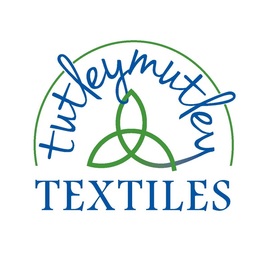After this, we finally got going – I followed Kosta down the road – to his mum’s hairdressers shop, where Marija was also helping out. Good job we did, as I soon discovered we’d left my camera at Kosta’s house. He zoomed off on a scooter and fetched it for me.
The museum was only 3 miles off my route and I’m pleased I went. Beautiful, beautiful festive dress/traditional costumes designed to show off the wearer’s wealth. Mostly women’s dress, but a couple of men’s outfits too.
Elaborate tops were adorned with coins, and embroidery using silver and gold threads and cords. Skirts were woven, quilted, made using rug techniques. Aprons looked like they were made from strips of inkle woven bands and elaborate caps could have hundreds of tiny cords wound around into a crown or long scarves weighted down with tassels and more coins. One particular outfit weighed more than 60lb. You could tell a woman’s status, religion and location by variations in design, colour or pattern. For example she might have long cords hanging forward from her cap, with stripes running down her skirt if she was young and unmarried, but the stripes would run across ways and her cords would be tied back if she’d been married a year. During the Ottoman period in the Macedonian region, wearing any kind of crucifix was banned – so patterns would have small crosses subtly inserted or placed somewhere not immediately visible like underskirts. Muslim women would be more likely to wear heavily embroidered harem pants under long tunics or coats. Aprons could double up as table cloths. Socks, of course, were hand spun, knitted and intricately patterned. So much work and painstaking effort and love in each hand crafted item.
The guy who put this collection together started 47years ago, when a large number of his family emigrated to South America, to Buenos Aires and Patagonia. These people were throwing or giving away any belongings that were extraneous to their needs (I know the feeling!). He’s continued to collect costumes over the years and has one of the largest collections in the country. He also had a room full of yarn making and weaving apparatus – his grandmother’s loom, reeds, shuttles, spindles and combs, carders and swifts.
My only whinge is that there wasn’t really enough time to browse – We were rushed through each room which was then locked behind us before going on to the next. I would have loved to sit and sketch. But I was lucky in that I went around with another couple – one of whom spoke English, so was able to translate what the proprietor said. It was still well worth the time and effort taken to visit.
I stayed around for a picnic lunch on the well tended lawn after the chap had locked the house up and gone off somewhere, watched intently by their Pekinese dog. I completed a daily draw of the jumble in the shed in the garden. There’s a geocache in there too!
It didn’t take me long to get back to the junction where I needed to turn off for Bitola, but then the heat was hot and the hill was up. What with roadworks and pushing Rowenna up the hill, it took a good few hours to cover the next 4 miles. At some point between leaving the Museum and getting to the top of the hill – DISASTER! Welly jumped ship. The bungee rope holding her in place must have slipped and she boinged out. I wish her well and am sad, but I wasn’t going back to look for her – it was just too far. It then only took me another hour to do the next 15 miles as it was mostly downhill.
Went straight to the Goldy Hostel and checked in: Elena, on reception, gave me excellent instructions on how to get to the Bourbon Street Pub and to order the ‘cheese with kulen’ dish, and I liked the pub so much I went back several times over the next couple days. The melted cheese and the sesame seed coated bread were so filling I couldn’t finish it. Got lost on the way back to the hostel – and it took me half an hour to walk what should have taken only 5 minutes maximum. How on earth did I make it this far across Europe I wonder?
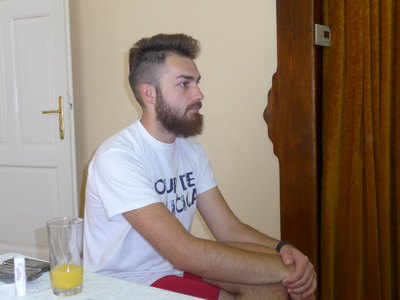
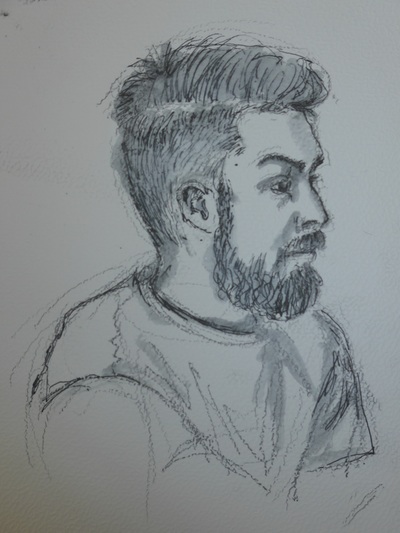
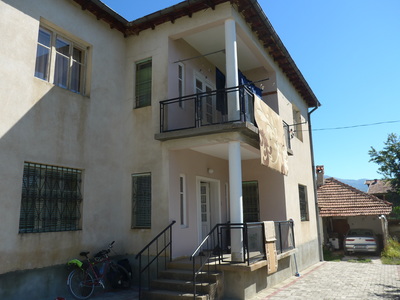
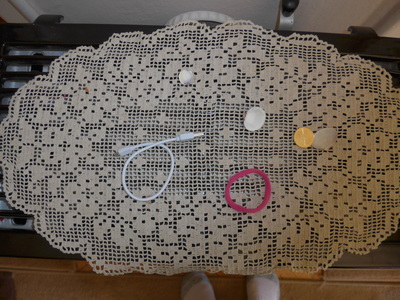
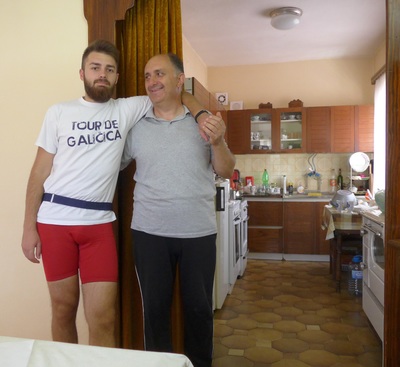
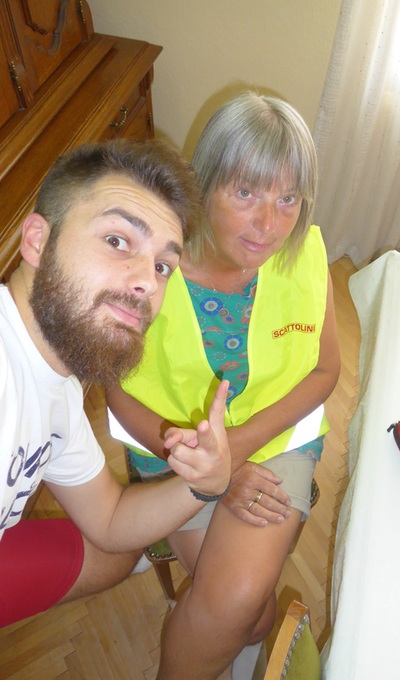
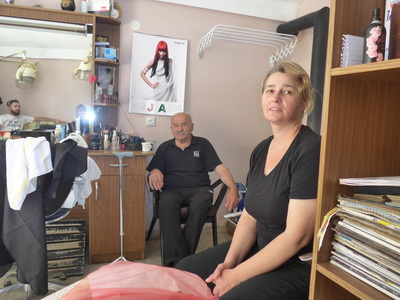
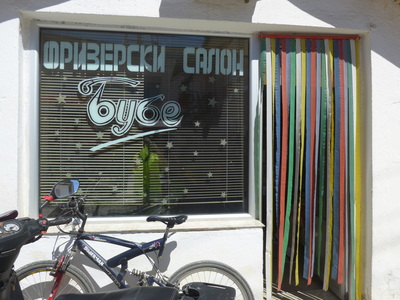
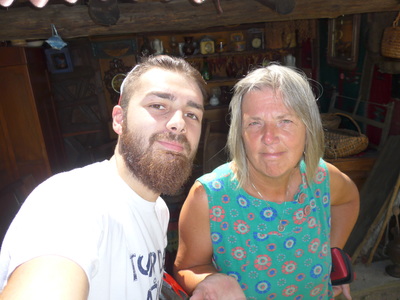
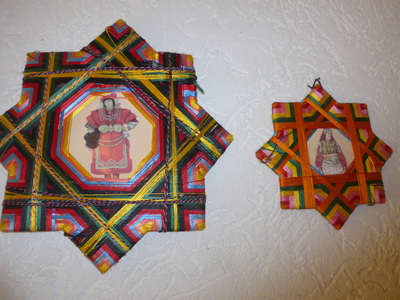
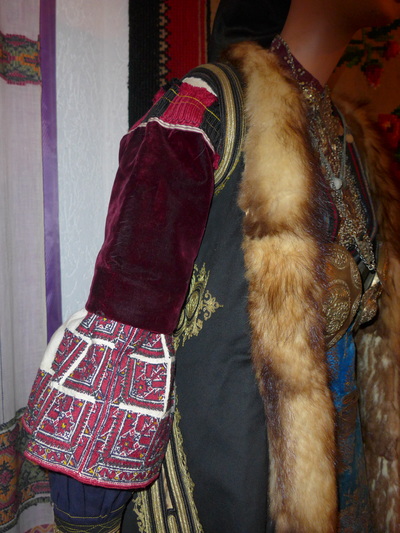
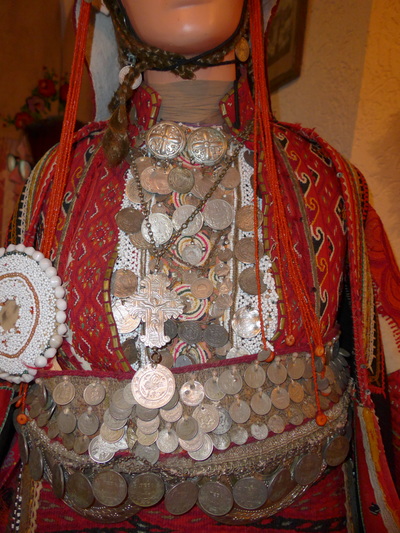
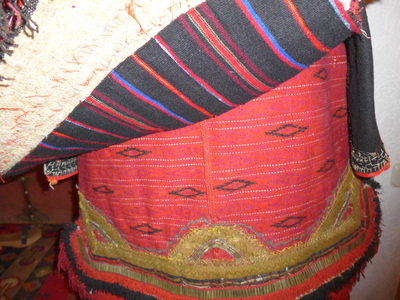
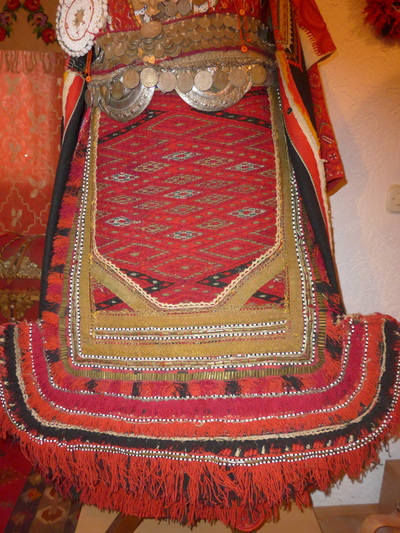
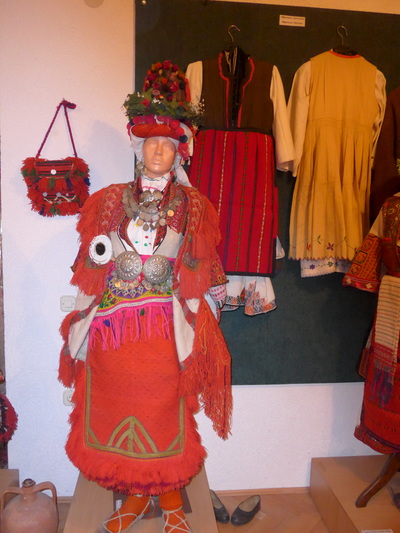
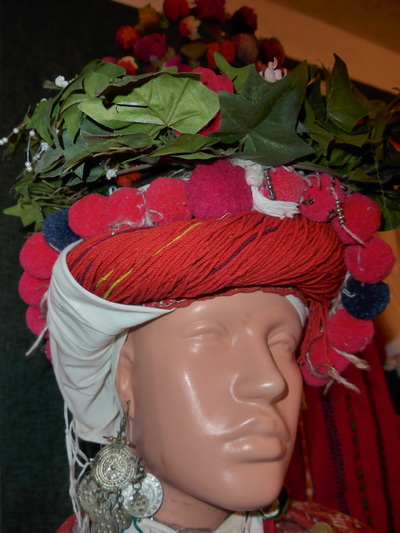
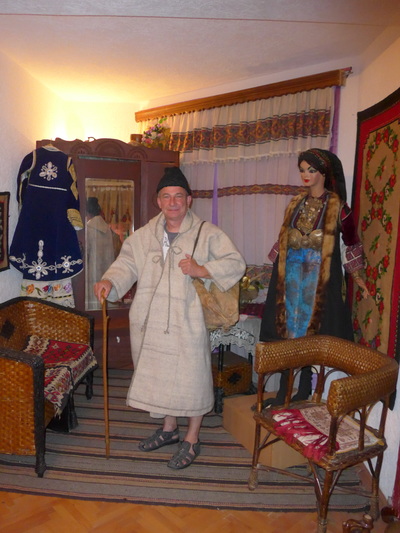
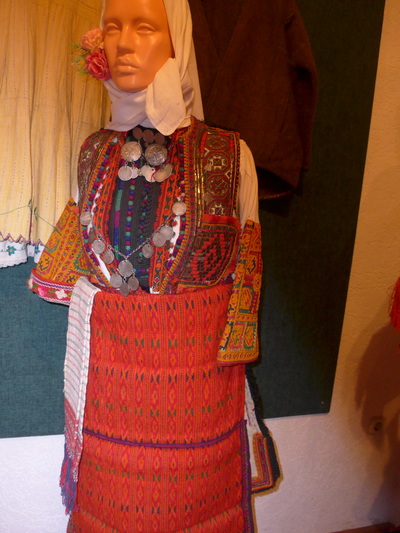
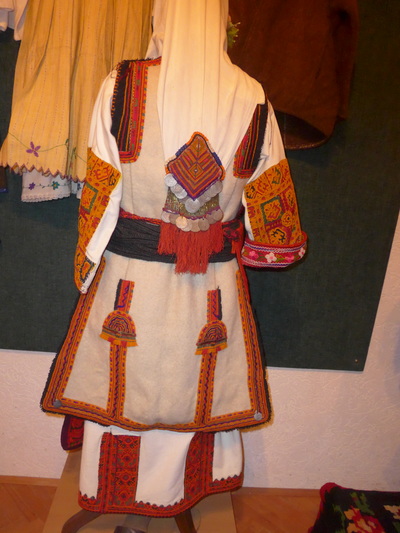
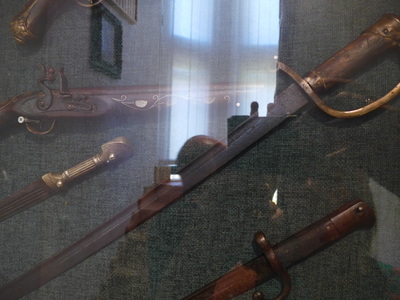
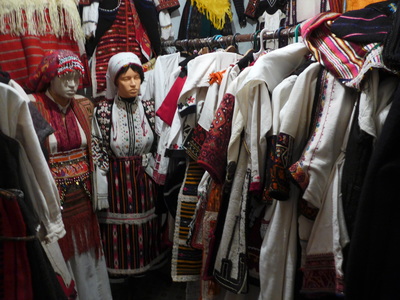
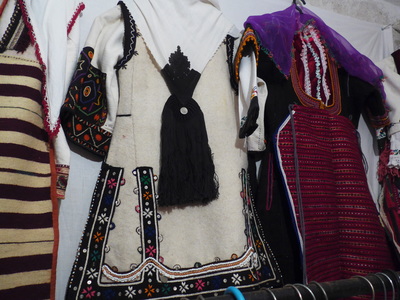
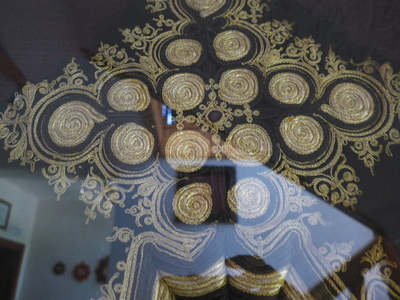
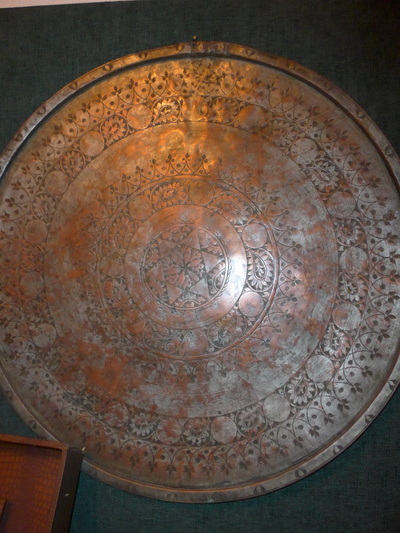
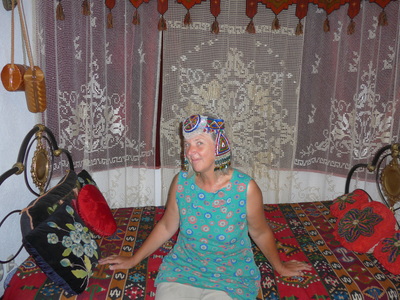
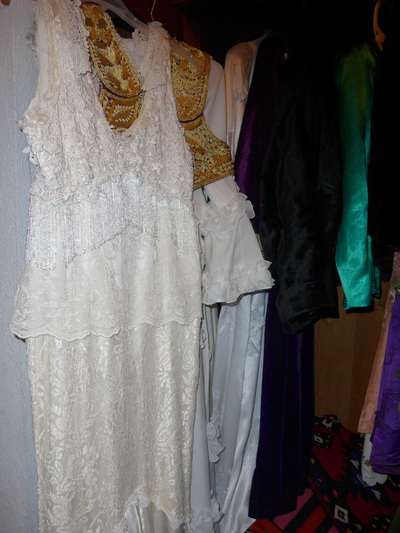
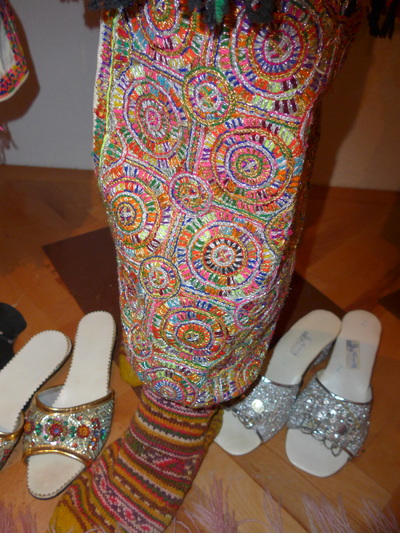
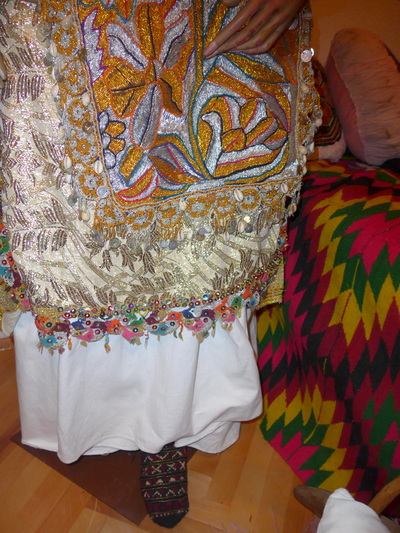
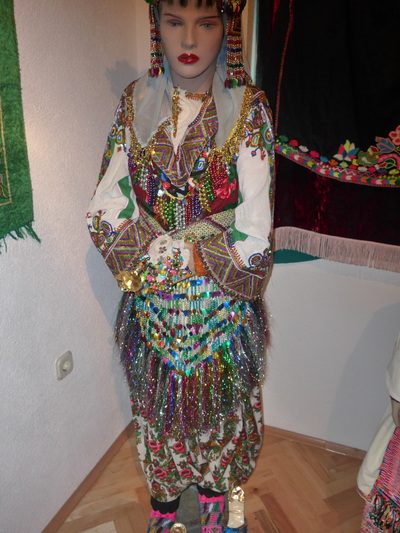
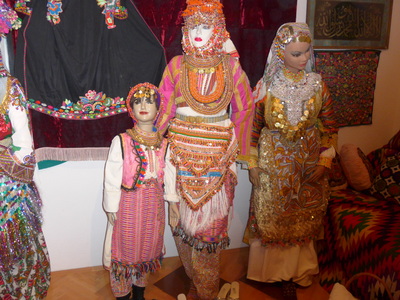
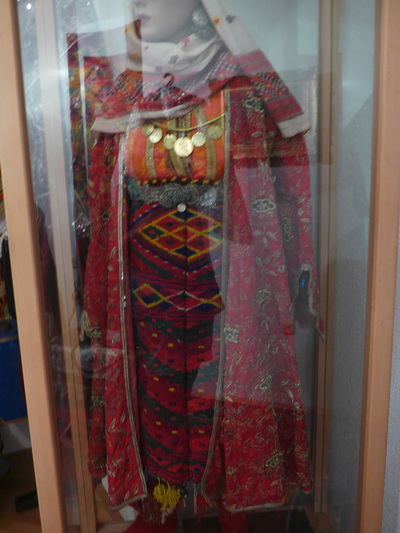
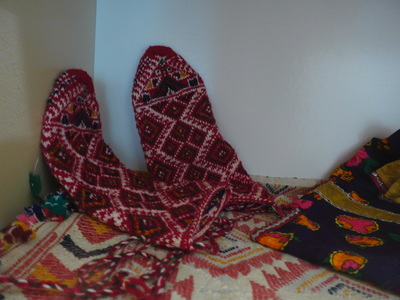
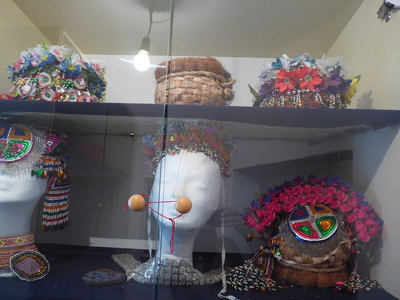
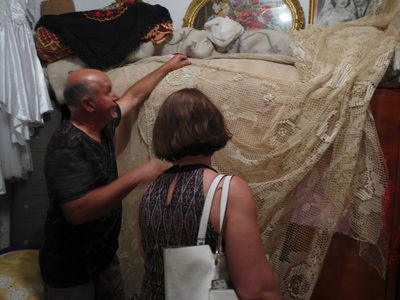
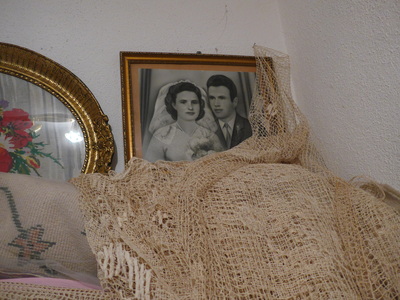
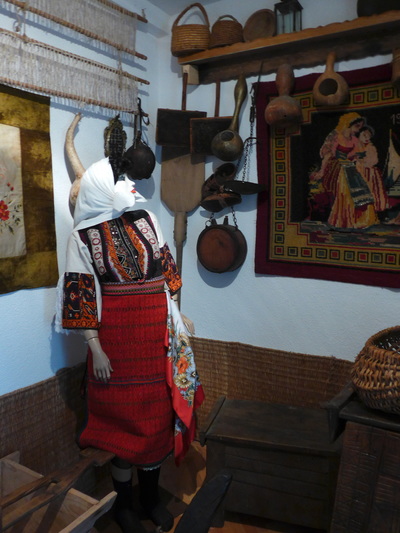
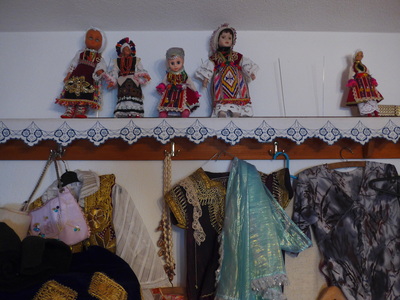
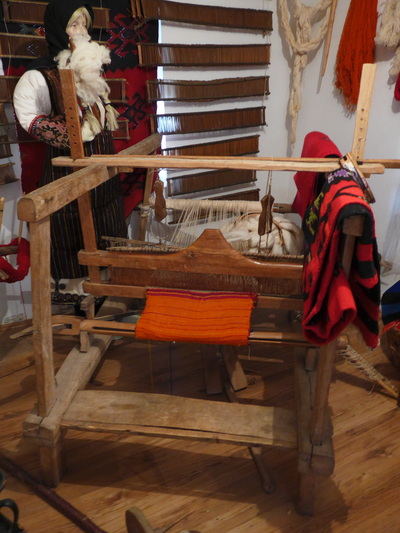
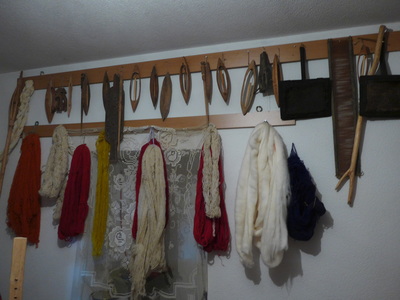
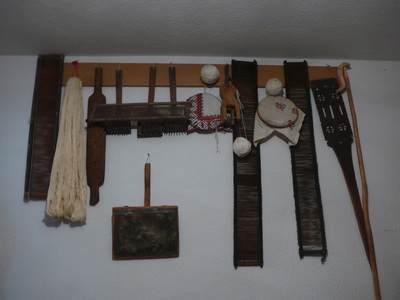
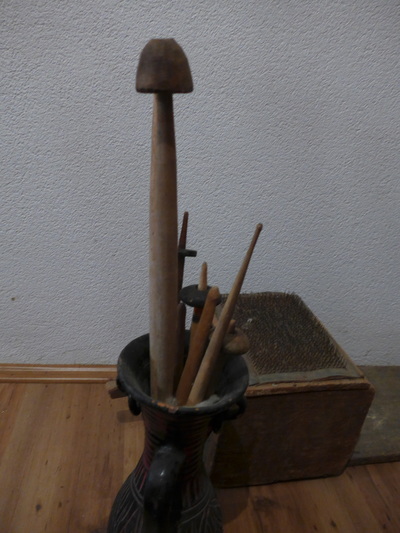
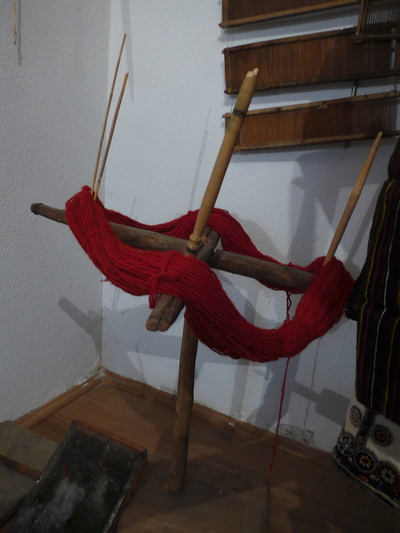
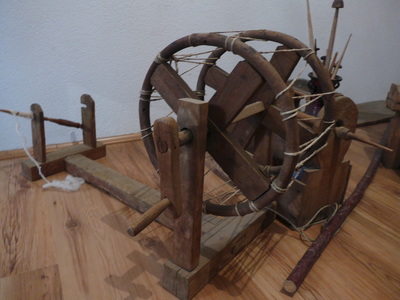
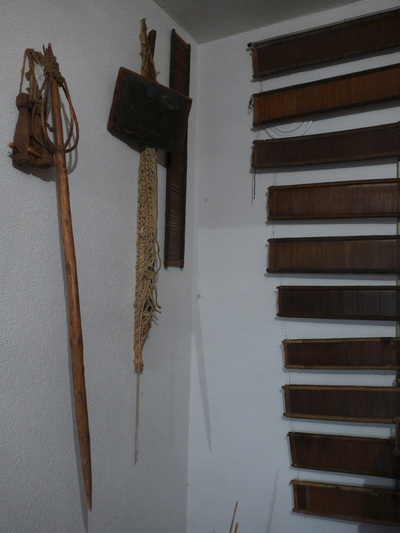
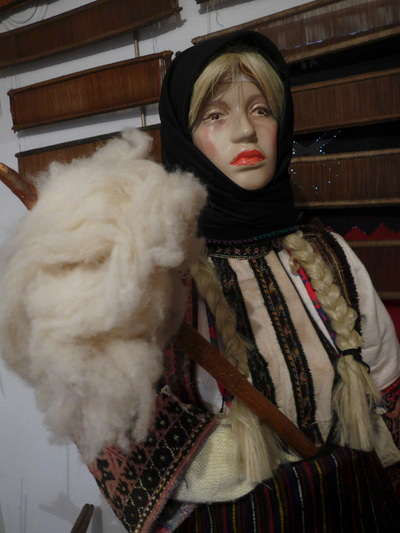
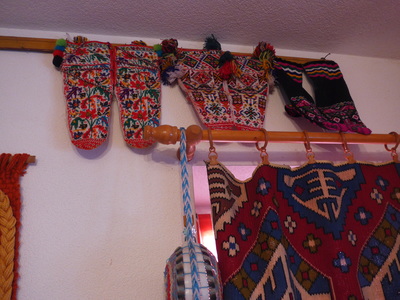
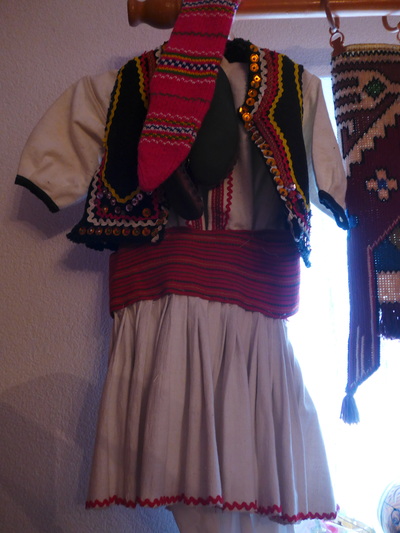
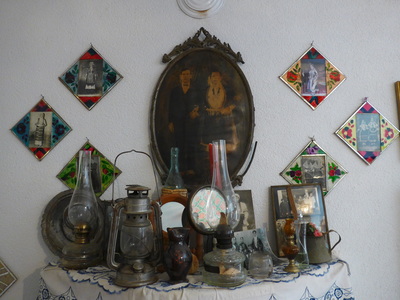
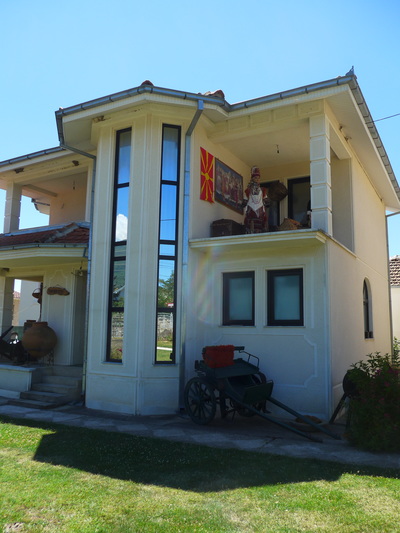
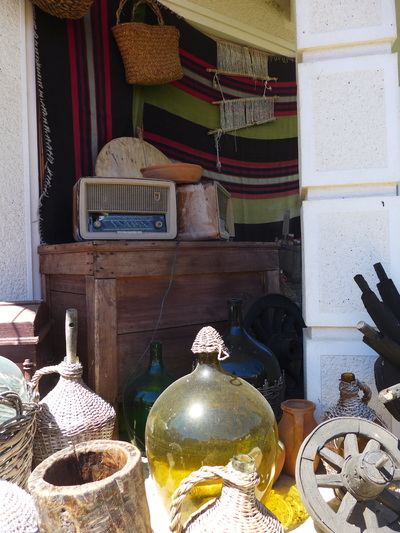
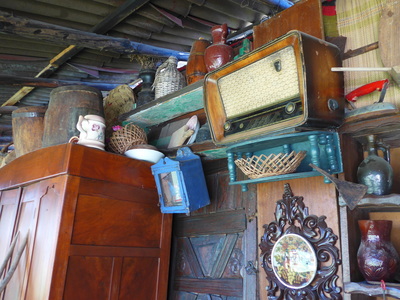
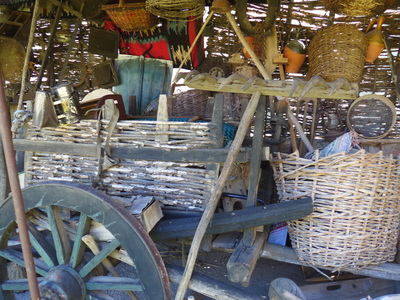
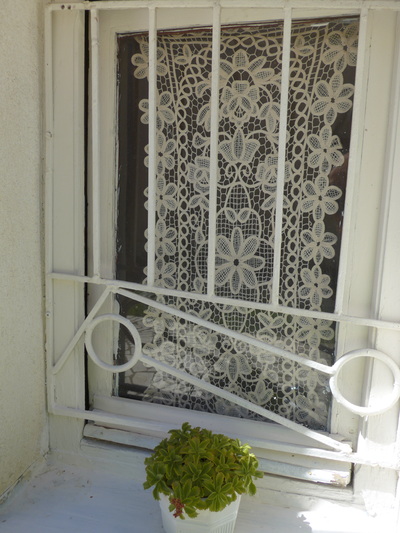
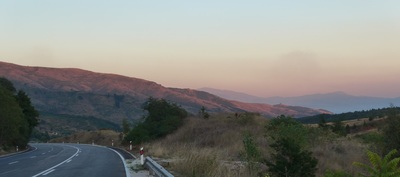
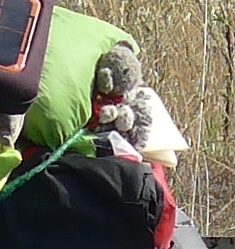
 RSS Feed
RSS Feed
